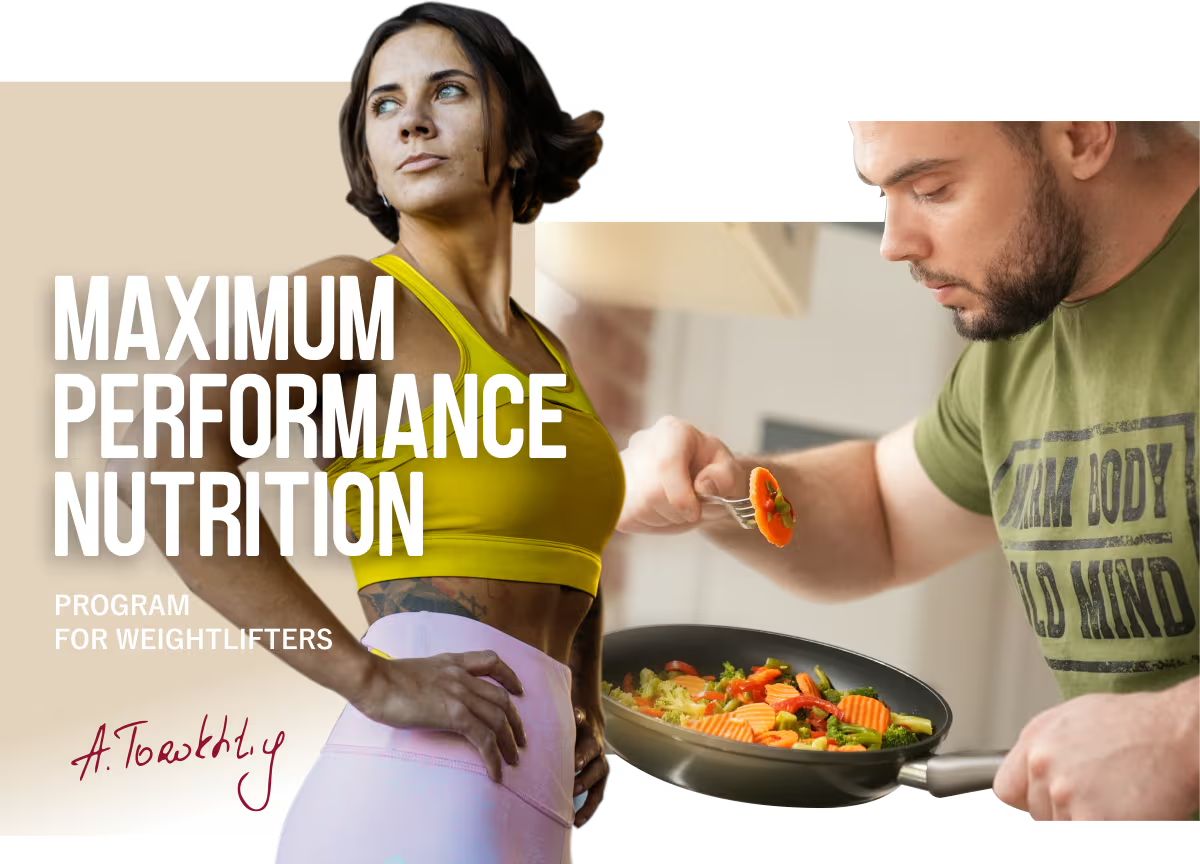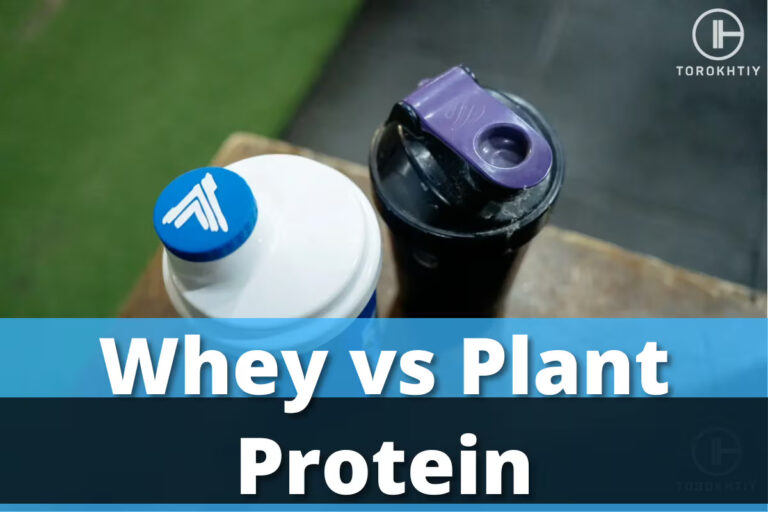4 Facts About Fish
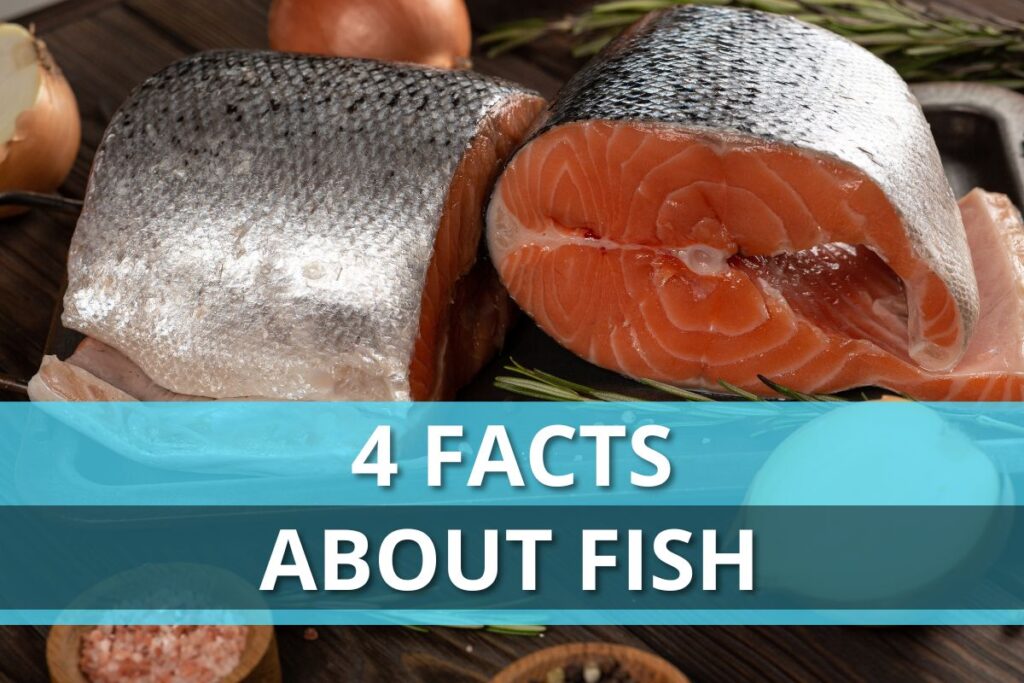
It is difficult to imagine a balanced athlete diet without fish. It contains all the 9 essential amino acids, that are crucial for the muscle mass formation and support. 100 g of fish contains from 15 to 30 grams of protein. Furthermore, fish is a perfect source of vitamin B12, iron, zinc, phosphorus, iodine, magnesium, potassium, selenium and copper. As an additional bonus, fish is low in saturated fats.
Some types of fish, such as small fry, tinned sardines and salmon, can be eaten with bones. They are an excellent source of calcium, which plays a very important role in muscle contraction.
However, everything is not so simple with the fish. There is a number of points that you need to consider when planning a diet in order to get the maximum benefit and the minimum harm from fish.
Fact 1. different types of fish contain different amounts of fat and calories
There are fatty and low-fat types of fish. Fatty fish include mackerel, herring, as well as the salmon family (trout, sockeye salmon, chum salmon, pink salmon, coho salmon) and sardines. Low-fat or white fish include: cod, flounder, pollock, hake, mullet, tilapia, haddock, sea bream, sea bass.
For example, 100 grams of fatty mackerel contains as much as 18 grams of fat and 260 kcal. The same amount of cod contains less than 1 gram of fat and only 85 kcal, which is exactly 3 times less than in mackerel. This must be taken into account when planning the diet calorie content and composition, in order not to go beyond the necessary limits.
Fact 2. fish is the main source of omega-3 fatty acids
Only fish can boast of high amounts of omega-3 fatty acids – eicosapentaenoic (EPA) and docosahexaenoic (DHA). These fatty acids are very important for heart, brain and vision health. They are primarily found in the sources of marine origin. EPA and DHA are synthesized by algae and plants, especially in cold waters. Algae is eaten by plankton, and plankton is eaten by fish, which accumulates omega-3. That’s how the food chain looks like.
The largest amount of omega-3 can be found in oily fish: mackerel, herring, anchovies, tinned sardines, salmon, and other fish of the salmon family. Adults are advised to consume at least 250-500 mg of omega-3 per day. The highest safe level is the use of EPA and DHA combination in the amount of up to 2-3 g per day.
In order to figure out how much of these fatty acids are contained in different types of fish, you can look at the table:
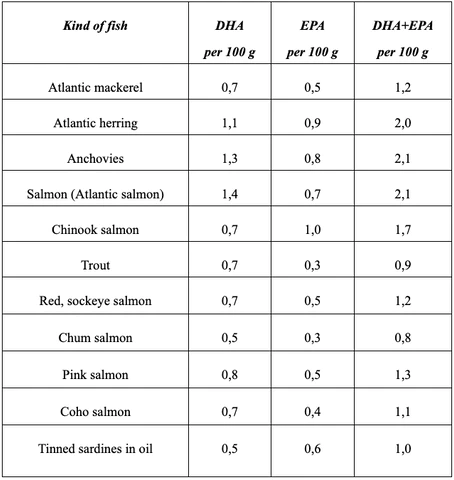
Fact 3. there is more vitamin D in fish than in any other product
Fatty fish is the best source of vitamin D, which plays an important role in the exchange of calcium and phosphorus – minerals, which are necessary for healthy bones. Vitamin D also supports neuromuscular communication and immune function, which is very important for athletes and people, involved in strength training.
The daily intake of vitamin D for an adult is 600 international units (IU). The main sources of vitamin D are fatty fishes, as well as low-fat halibut and tilapia.
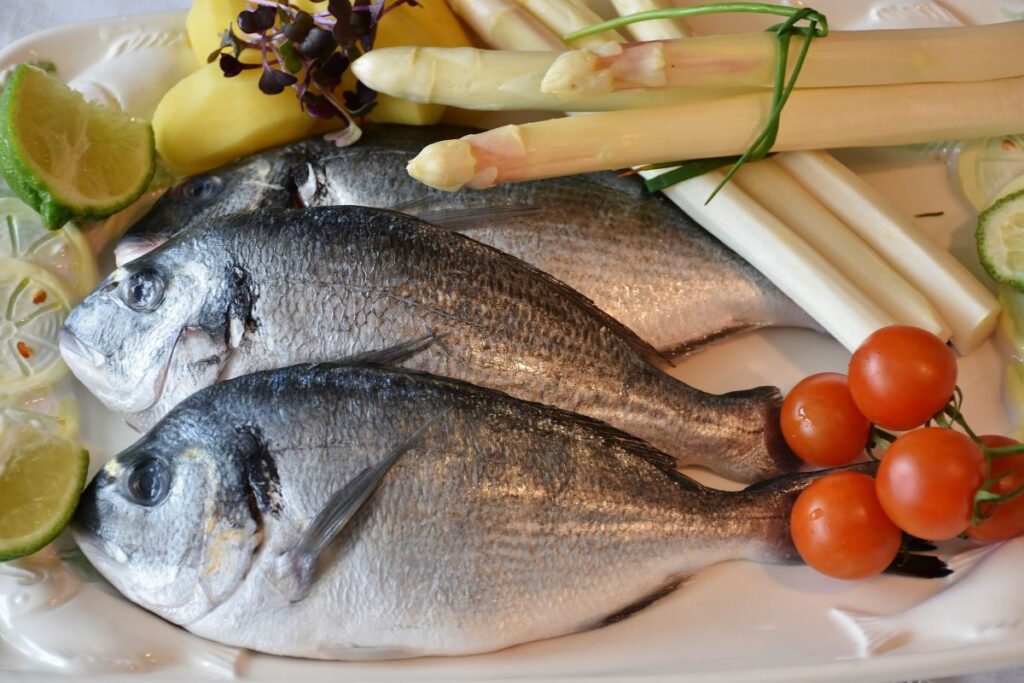
Fact 4. chemicals are accumulated in fish
A significant amount of chemicals such as dioxins, mercury and other environmental pollutants are accumulated in the tissues of some fish species. They are mostly accumulated in the tissues of more mature and large fish.
Mercury is dangerous because it is a neurotoxin and a possible risk factor for the development of cardiovascular diseases. Mercury can have a negative effect on the kids’ developing nervous system and the developing fetus. Therefore, pregnant women, as well as women who are planning a pregnancy and lactating women, should completely avoid certain types of fish with the highest mercury content: king mackerel, redfish, marlin, bigeye tuna, shark, and swordfish.
The safest types of fish that you can eat 2-3 times a week are anchovies, atlantic and pacific mackerel, herring, sardines, salmon, trout, catfish, cod, flounder, haddock, hake, mullet, pike, pollock, tilapia, merlang, tinned light and skipjack tuna.
🔻Maximum Performance Nutrition Program
Unlock your maximum potential with our Maximum Performance Nutrition Program. Tailored for weightlifters, this program offers serving-based diet planning, no food weighing required.
Perfectly complement your training for efficiency, body composition, competition prep, and weight class adjustments. Optimize performance, carbs, meal timing, and supplements.
Weightlifting Meal Plan Details:
- Easy step-by-step instructions;
- Serving control basis with no food weighing;
- Calorie intake is calculated for body mass;
- Adapts to your training schedule;
- Detailed guidance on progress tracking;
- Meal timing and serving sizes master tools;
- One-time payment for unlimited access.
Level up your game today!
The fishes with a medium methylmercury content, that can be consumed once a week, are carp, sea bass, halibut, perch, spanish mackerel.
Experts agree that the benefits of eating fish outweigh the possible risks. It is recommended to consume 2-3 portions of fish (approximately 350 grams) per week. At the same time, fatty fish with a high content of omega-3 should be consumed at least once a week. And finally, keep in mind that stewed, steamed and baked fish is much healthier than the fried one!
By the way, in the process of developing our nutrition programs for losing weight or gaining muscle mass, we took into account all the modern recommendations. You do not need to worry about which fish to choose in order to get the maximum benefit and the minimum harm. We have already taken care of you!
Train together – train right!
You might be interested in:
Why Trust Us?
With over 20 years in Olympic Weightlifting, our team does its best to provide the audience with ultimate support and meet the needs and requirements of advanced athletes and professional lifters, as well as people who strive to open new opportunities and develop their physical capabilities with us.
By trusting the recommendations of our certified experts in coaching, nutrition, dietology, and sports training programming, as well as scientific consultants, and physiotherapists, we provide you with thorough, well-considered, and scientifically proven content. All the information given in the articles concerning workout programming, separate exercises, and athletic performance, in general, is based on verified data. We ensure that you can rely on our professionals’ pieces of advice and recommendations that can be treated as personalized ones which will benefit you and fully meet your needs.
The product testing process is described in more detail here

